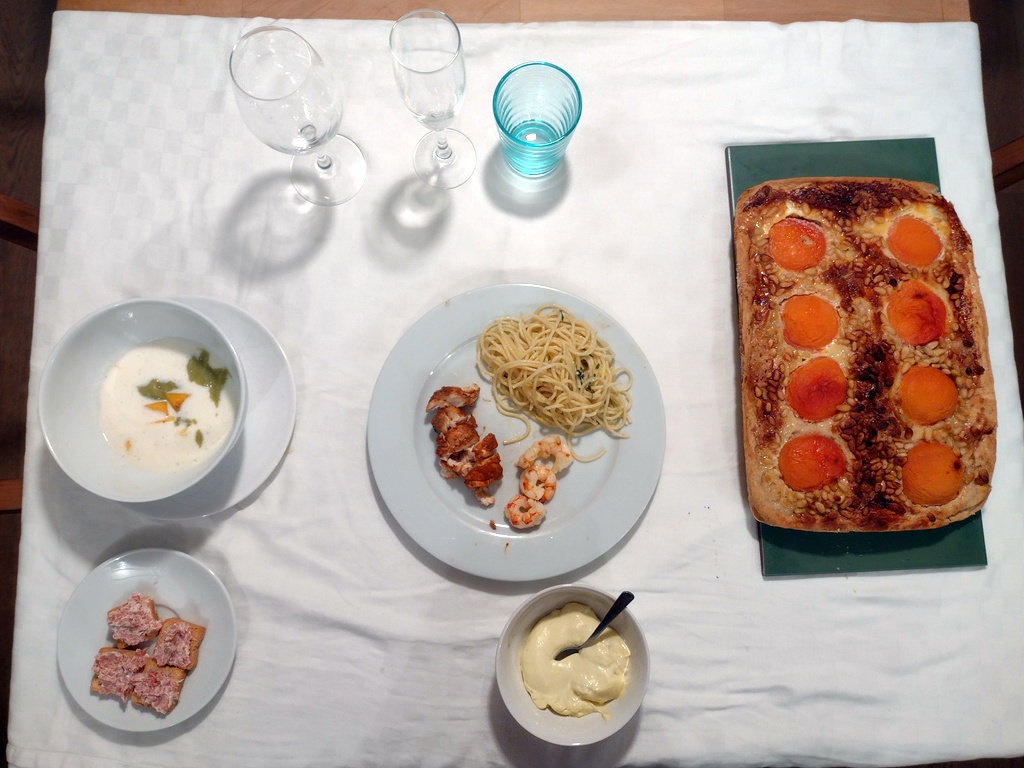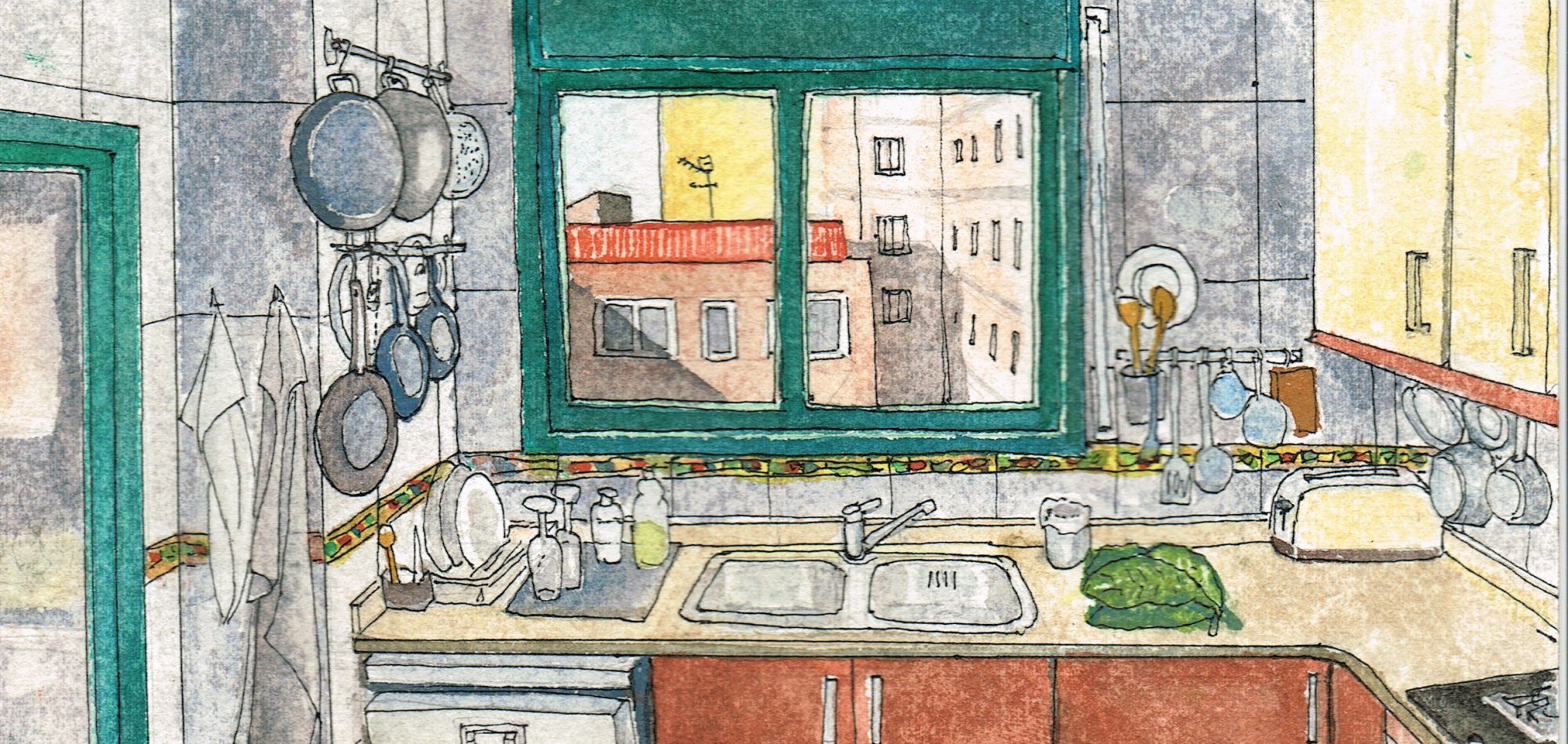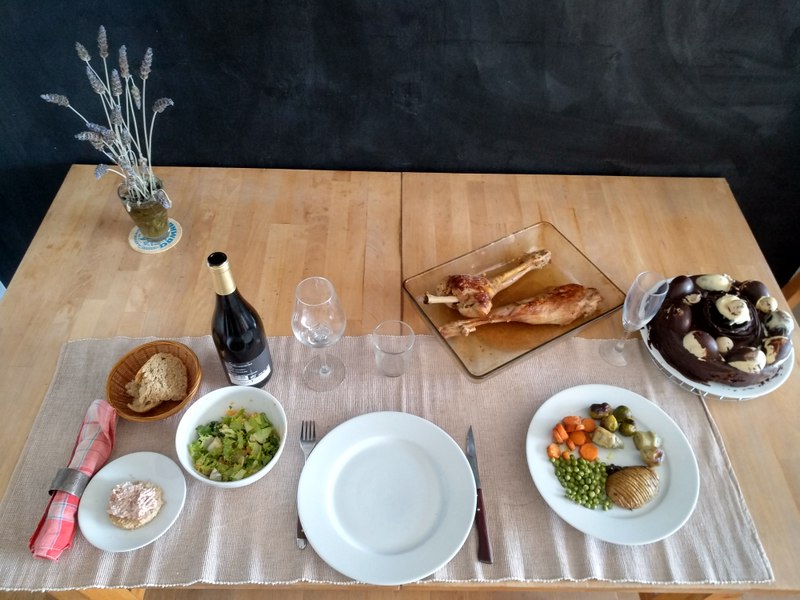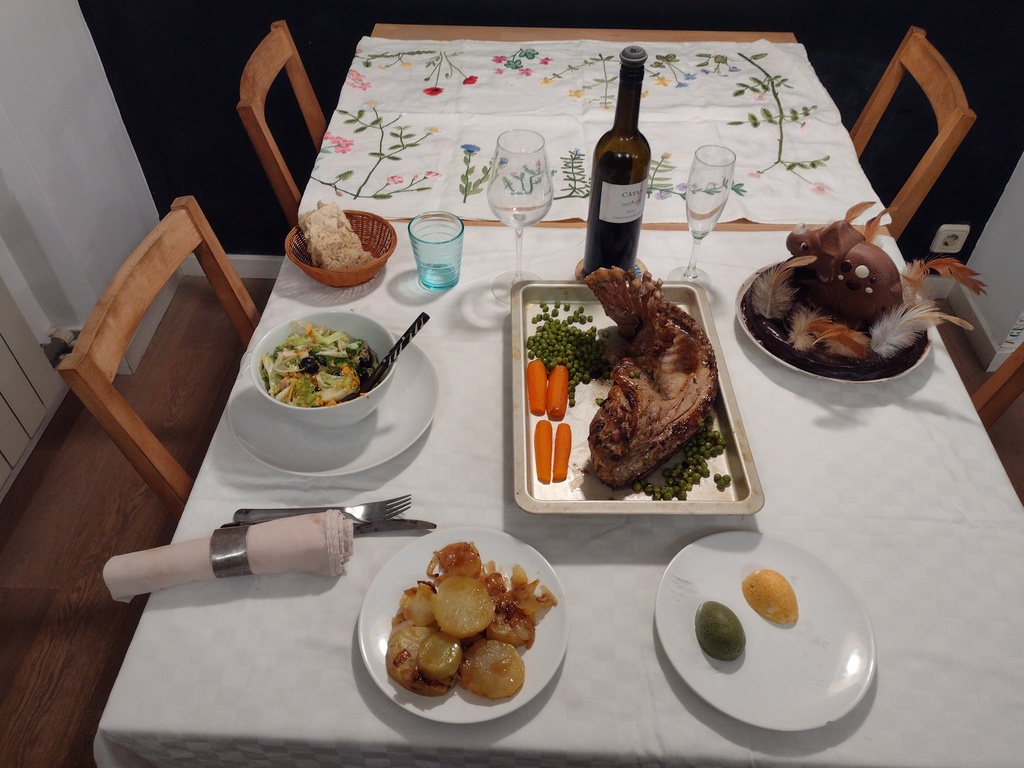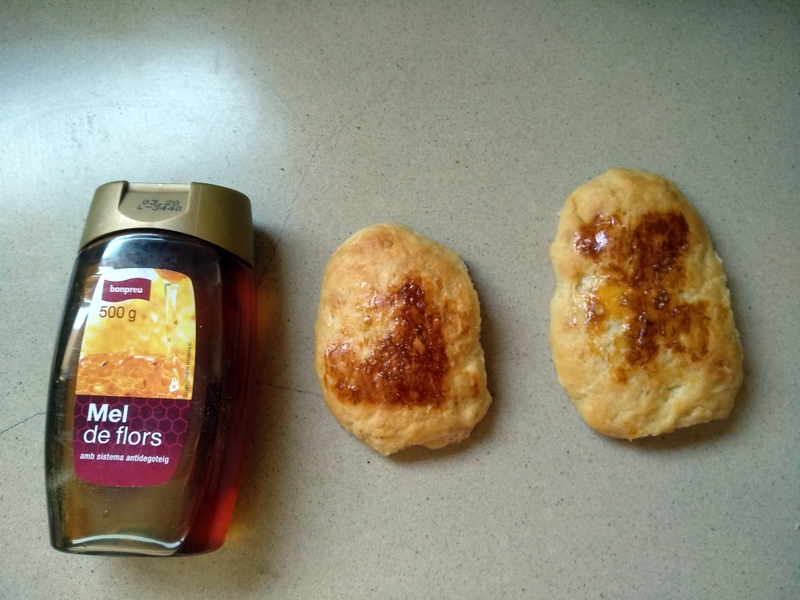Tipus | Tastar el vi | Rodes dels aromes | Proposta maridatges
9 TIPUS BÀSICS
Cava
Vins blancs: lleugers, amb cos, aromàtics
Rosats
Negres: lleugers, mig cos, cos intens
Vins dolços:
The 9 Primary Styles of Wine
TASTAR EL VI
1. Look
Check out the color, opacity, and viscosity (wine legs). You don’t really need to spend more than 5 seconds on this step. A lot of clues about a wine are buried in its appearance, but unless you’re tasting blind, most of the answers that those clues provide will be found on the bottle (i.e. the vintage, ABV and grape variety).
2. Smell
When you first start smelling wine, think big to small. Are there fruits? Think of broad categories first, i.e. citrus, orchard, or tropical fruits in whites or, when tasting reds, red fruits, blue fruits, or black fruits. Getting too specific or looking for one particular note can lead to frustration. Broadly, you can divide the nose of a wine into three primary categories:
– Primary Aromas are grape-derivative and include fruits, herbs, and floral notes.
– Secondary Aromas come from winemaking practices. The most common aromas are yeast-derivative and are most easy to spot in white wines: cheese rind, nut husk (almond, peanut), or stale beer.
– Tertiary Aromas come from aging, usually in bottle, or possibly in oak. These aromas are mostly savory: roasted nuts, baking spices, vanilla, autumn leaves, old tobacco, cured leather, cedar, and even coconut.
3. Taste
Taste is how we use our tongues to observe the wine, but also, once you swallow the wine, the aromas may change because you’re receiving them retro-nasally.
– Taste: Our tongues can detect salty, sour, sweet, or bitter. All wines are going to have some sour, because grapes all inherently have some acid. This varies with climate and grape type. Some varieties are known for their bitterness (i.e. Pinot Grigio), and it manifests as a sort of light, pleasant tonic-water-type flavor. Some white table wines have a small portion of their grape sugars retained, and this adds natural sweetness. You can’t ever smell sweetness though, since only your tongue can detect it. Lastly, very few wines have a salty quality, but in some rare instances salty reds and whites exist.
– Texture: Your tongue can “touch” the wine and perceive its texture. Texture in wine is related to a few factors, but an increase in texture is almost always happens in a higher-alcohol, riper wine. Ethanol gives a wine texture because we perceive it as “richer” than water. We also can detect tannin with our tongue, which are that sand-paper or tongue-depressor drying sensation in red wines.
– Length: The taste of wine is also time-based, there is a beginning, middle (mid-palate) and end (finish). Ask yourself, how it takes until the wine isn’t with you anymore?
4. Think
Did the wine taste balanced or out of balance (i.e. too acidic, too alcoholic, too tannic)? Did you like the wine? Was this wine unique or unmemorable? Were there any characteristics that shined through and impressed you?
Roda dels aromes 1

Roda dels aromes 2
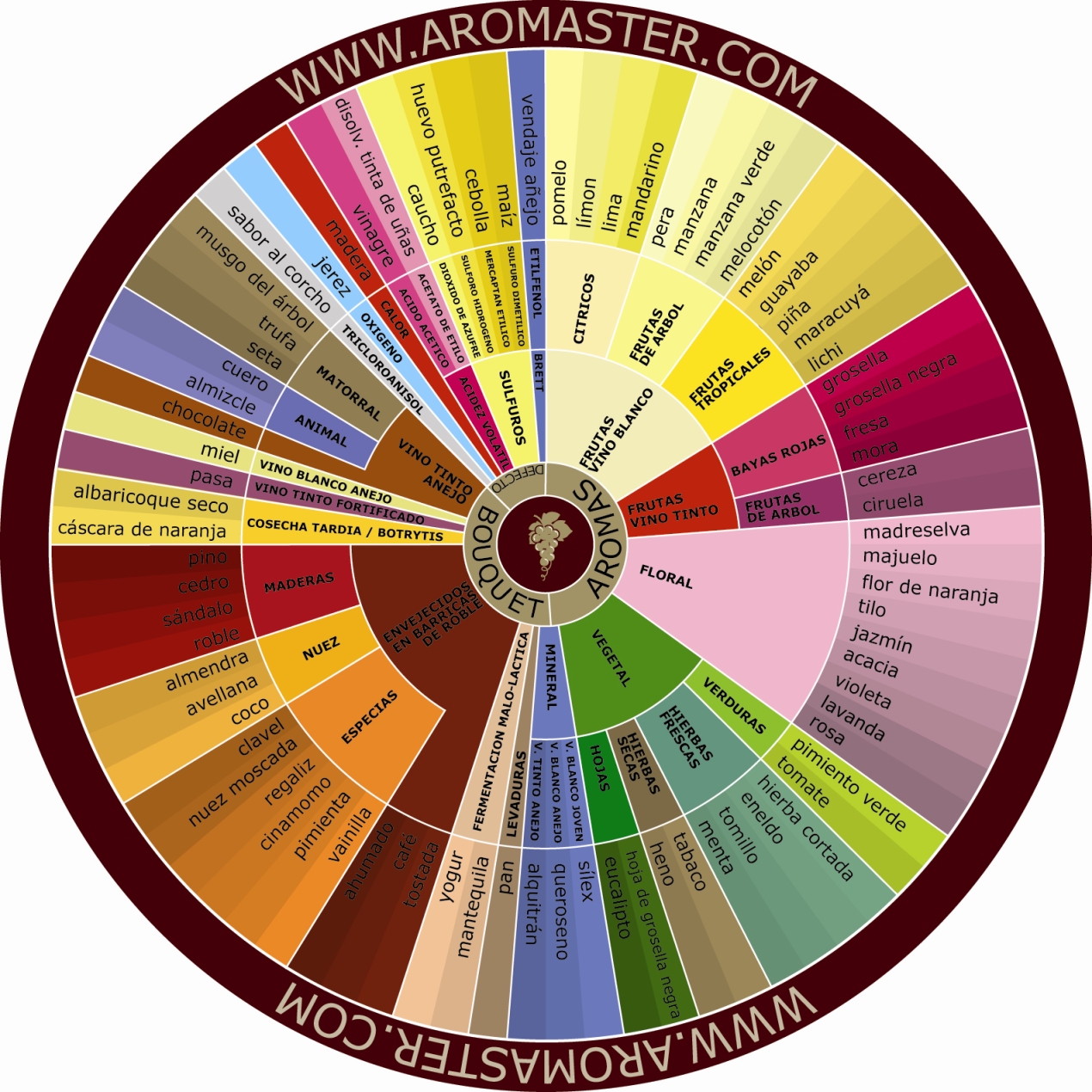
Començaríem amb un escumós del Penedès (no dic ni cava ni clàssic ; trieu) per fer la benvinguda. Continuaríem amb un blanc fresc del Bages o d’Alella per als aperitius lleugers. Llavors potser podríem continuar amb rosadet lleidatà dels Costers per a una pasta o un arròs. Després, una garnatxa terraltenca per a uns popets amb ceba i tomàquet o unes mandonguilles. Continuaríem amb un negre mineral de llicorella (que podria ser de l’Empordà, el Montsant o el Priorat) i acabaríem amb un ranci de Tarragona per a les postres de músic.
(Empar Moliner)
